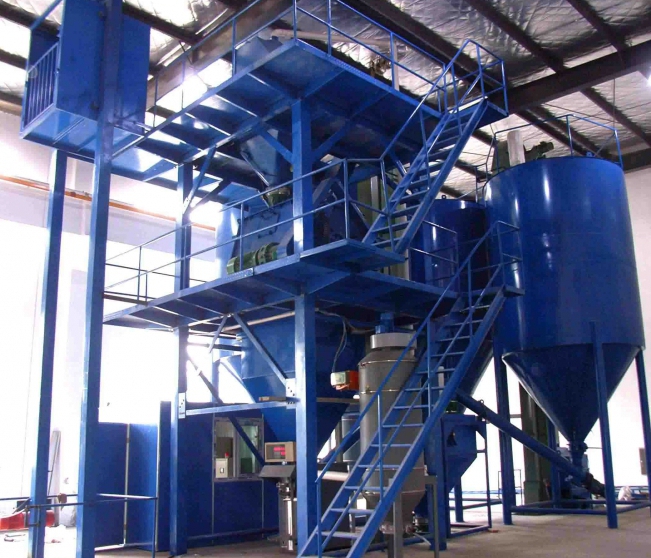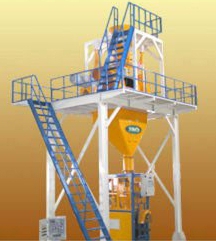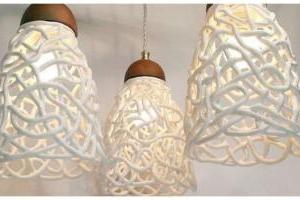Modern dry building mixes are ready-made compositions that can be used after preliminary mixing with water.
In this way, ready-made plaster, waterproofing material, adhesives for ceramic tiles or decorative stone (natural or artificial), grout for construction joints, and much more are obtained.
Application area
Equipment for the production of dry building mixtures allows you to get materials, the scope of which is quite extensive:
- installation of structures during construction;
- masonry construction;
- interior decoration of surfaces (ceilings and walls);
- cladding of buildings;
- manufacturing of cast construction products;
- sealing joints and joints that appear during work.
Production methods
The main components of the finished building mixtures are cement, quartz (or sand), limestone (chalk), all kinds of additives that provide the necessary properties of the finished product. When mixing, it is important to use powdered components, as this provides a quality material.

Dry mortar production equipment itself differs in low cost. The advantages also include ease of use and reliability. The manufacturer can independently choose any favorite manufacturing option. For example:
- focus on the production of a small number of inexpensive mixtures with a small amount of additives;
- Establish high-performance production of dry building compounds using many additional components.
The layout of equipment for the production of dry mortar in each case will be different. Namely, different types of mixers are used, there are differences in the configuration of machines and mechanisms.
What the production line consists of
The simplest equipment layout is as follows:
- Filler with an automated feed system. Nearby there is a hopper for storing ingredients.
- Dryer.
- Mixer. A system is also provided for providing a weighted dosage of components.
- Dust collector.
- Filling machine for finished products.
If it is necessary to establish a high-performance line, pick up slightly different equipment for the production of dry building mixtures:

- Containers for storing basic ingredients, additives and fillers.
- Silo equipped with component feed system. Necessarily provide a system for the weight dosage of the components.
- Dryer.
- Conveyors.
- Mixer.
- Dust collector.
- Filling machine.
- Node transportation of finished products.
- Automatic equipment control system that regulates the frequency of rotation of mechanisms and the speed of conveyors.
How does the dry mortar production line work
Sand enters the drying chamber where, when exposed to high temperature, it gets rid of excess moisture. Then the ingredient is sifted and enters the storage hopper. In parallel, cement is loaded into a separate receiving tank. For auxiliary materials that play the role of fillers, a third hopper is installed.

The automatic process control system relies on the recipe for preparing the mixture, which is pre-entered into the computer. After the main components (sand and cement) are added, the fillers are measured manually.
The mixing process is carried out by shafts with blades that rotate inside the mixer and actively move the layers of ingredients. The finished mixture is unloaded into the packaging hopper, where it is distributed into bags or packages. In the production process, a dust collector is necessarily involved, which absorbs the released dust and gases. This allows you to improve the working conditions of workers in the workshop.
It is important to note that the equipment is constantly being improved, and this allows to reduce the cost of finished products, increase its output and make working conditions more comfortable and safe.









Please send for review a commercial offer with a description.
Productivity 2 tons per hour. Please send the minimum price and its
rationale. Ready to buy in September.